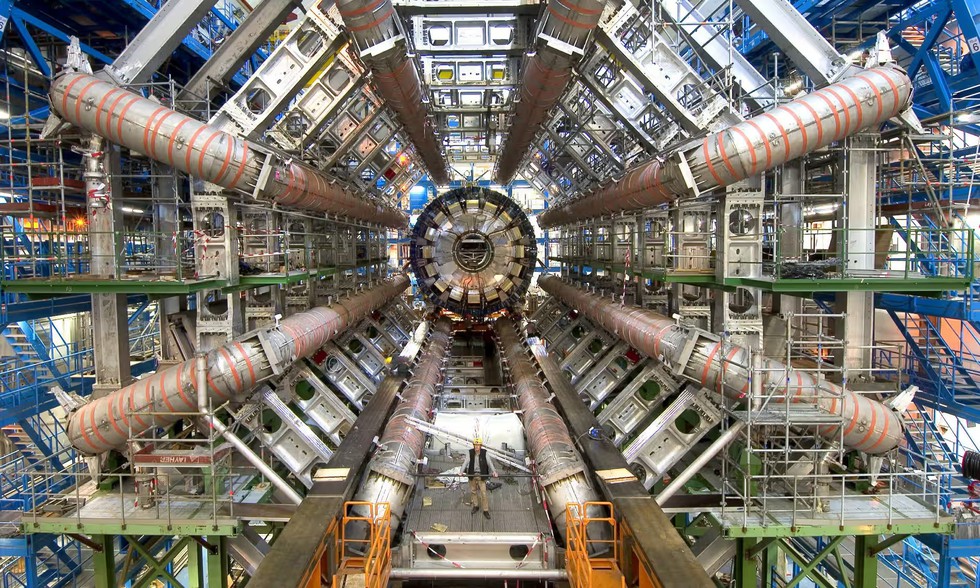What is the Future Circular Collider (FCC)?
- Project scope: A 91 km circular tunnel beneath the Swiss-French border, designed to accelerate and collide particles at unprecedented energies.
- Purpose: To generate Higgs bosons in large numbers (Phase 1, ~2040) and later to collide protons at extreme energies (Phase 2, ~2070).
- Estimated cost: $30 billion (initial), with long-term funding implications for the next decades.
- Supporters: CERN leadership, senior physicists like Fabiola Gianotti and Mark Thomson, claim it will be the most powerful instrument to study nature.
- Critics: Many physicists fear the project will drain funds, limiting investment in other scientific advancements.
Alternative Proposals to FCC
- Linear accelerators: Straight-line accelerators could offer a cheaper and more adaptable approach to studying particle physics.
- Plasma wave technology: Uses plasma waves to accelerate particles in a compact setup, potentially revolutionizing collider design in the next 20 years.
What is a Hadron?
- A hadron is a subatomic particle made of quarks and bound by the strong nuclear force.
- Types of Hadrons:
- Mesons (e.g., pions, kaons)
- Baryons (e.g., protons, neutrons)
What is the Large Hadron Collider (LHC)?
- Location: Franco-Swiss border, operated by CERN.
- Size: 27 km circular tunnel.
- Purpose: Collides protons at high energies to study fundamental forces and particles.
- Discoveries: Higgs boson (2012), confirming the Higgs field, which gives particles mass.
- Speed: Accelerates particles to 999999% the speed of light.
- Significance: Helps replicate Big Bang conditions and test theories like supersymmetry and extra dimensions.
